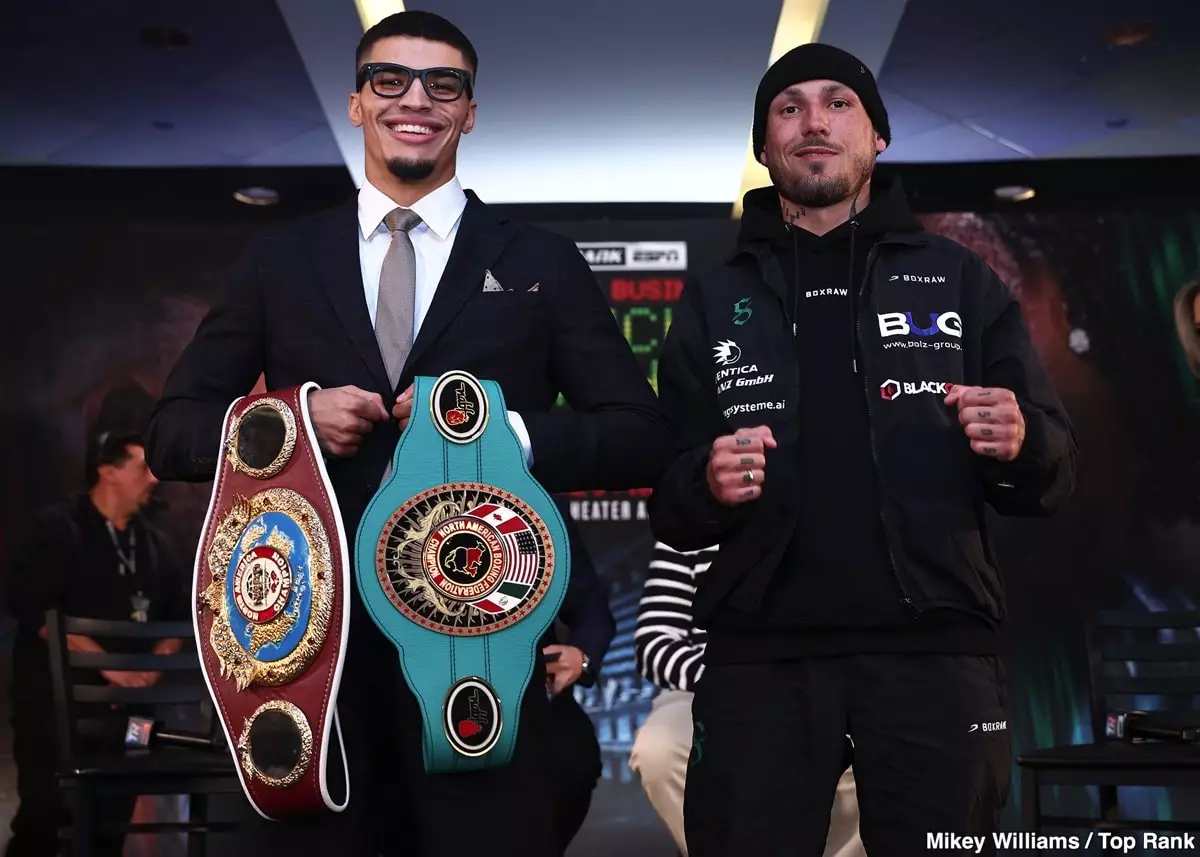By Maestro Amílcar Barnett M., The Bronx, NY, USA
The decisions made by fighters and their camps often revolve around risk management and public perception. Young talent Xander Zayas recently revealed that he was offered a fight against the WBC interim junior middleweight champion, Vergil Ortiz Jr., scheduled for February 22nd in Riyadh. However, Ortiz’s team ultimately opted for a bout with former WBA champion Israil Madrimov. Zayas, who remains undefeated with a record of 20-0 and 12 KOs, has expressed disappointment, suggesting that Ortiz took the “safer route” by choosing Madrimov over him.
Questions arise when evaluating such choices. Ortiz’s decision reflects a keen awareness of the risks involved in handling young contenders like Zayas versus seasoned fighters like Madrimov. Fans and analysts may argue that Madrimov presents his own set of challenges, especially considering his near-victory against Terence Crawford in August. Zayas may have perceived this opportunity as a validation of his skill, yet it illuminates a critical aspect of the sport—the balancing act between ambition and safety.
While Zayas asserts he was ready to step up, his performance in previous bouts raises eyebrows about his viability against top-tier opponents. At just 22 years old, Zayas appears to be a product of careful matchmaking, echoing the path taken by Edgar Berlanga. While Berlanga has made headlines with his knockout power, Zayas’s own limitations, such as apparent weaknesses in his chin and subpar power, suggest a different trajectory. Fans often question whether he can indeed compete with genuine heavyweights in the junior middleweight division.
The current lineup is saturated with intimidating contenders: Vergil Ortiz, Bakhram Murtazaliev, and Serhii Bohachuk are likened to potential threats who boast extraordinary skill sets and knockout power. In stark contrast, Zayas’s fighting style has yet to prove he can withstand or compete with this level of pressure. The question remains—could Zayas’s team be stifling his career by protecting him from inevitable defeats?
A fighter’s narrative isn’t crafted solely inside the ring; it is also heavily influenced by social media and public perception. Zayas took to social platforms to assert his readiness for the Ortiz fight, wanting to clarify his acceptance and eliminate any potential doubt from Ortiz’s camp. This proactive measure indicates an awareness of the importance of public image in boxing—a sport where perception often dictates opportunities.
In an industry where fans ultimately shape the marketability of a fighter, Zayas’s attempt to assert his credibility highlights the delicate nature of public sentiment. By framing the narrative around his readiness, Zayas may hope to pressure Ortiz or anyone in a similar position to recognize the rising talent he embodies.
As Zayas prepares for an upcoming fight against Slawa Spomer, he must harness every lesson from missed opportunities and judicious decisions made by fellow fighters. The ongoing balancing act between ambition, skill development, and public perception will be crucial in shaping his legacy. Whether he can break the mold of systematic protection and emerge as a legitimate contender remains to be seen. Ultimately, boxing thrives on an ever-evolving landscape where fighters must continuously adapt to forge their path to greatness.


Leave a Reply